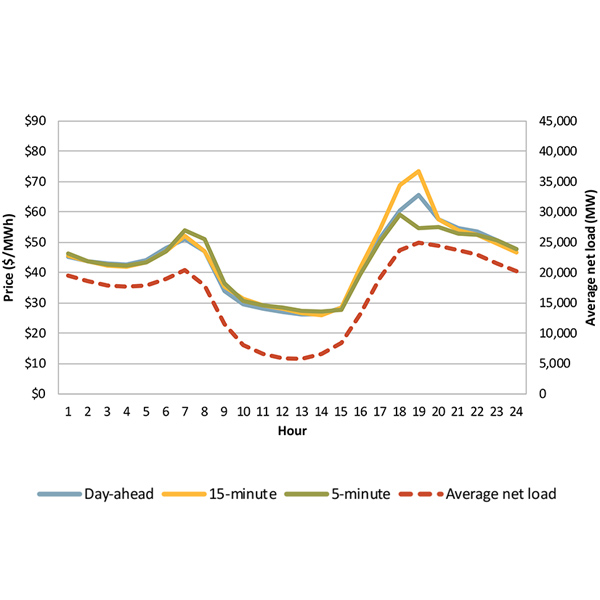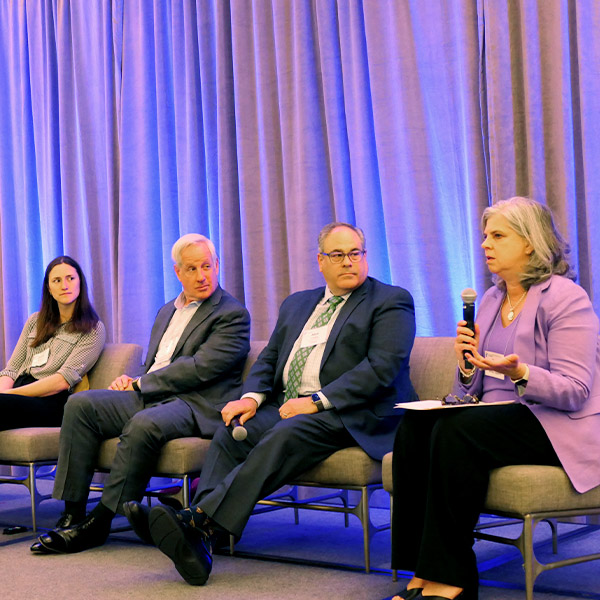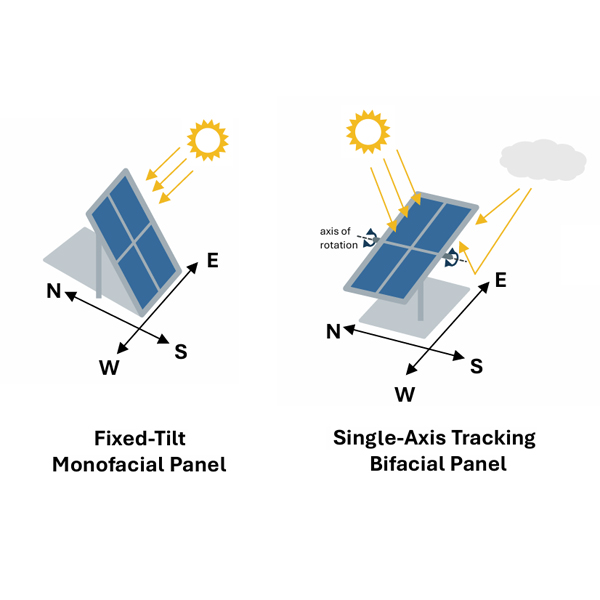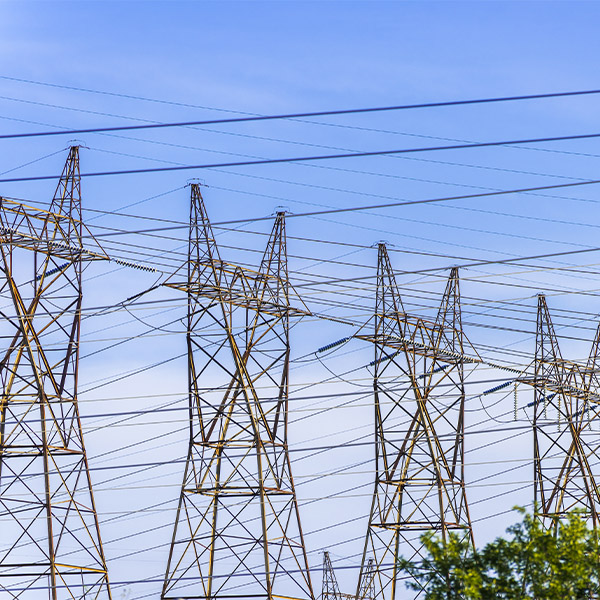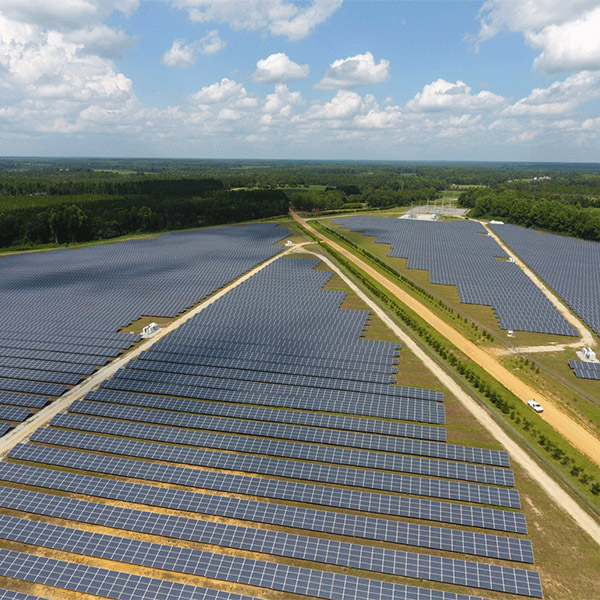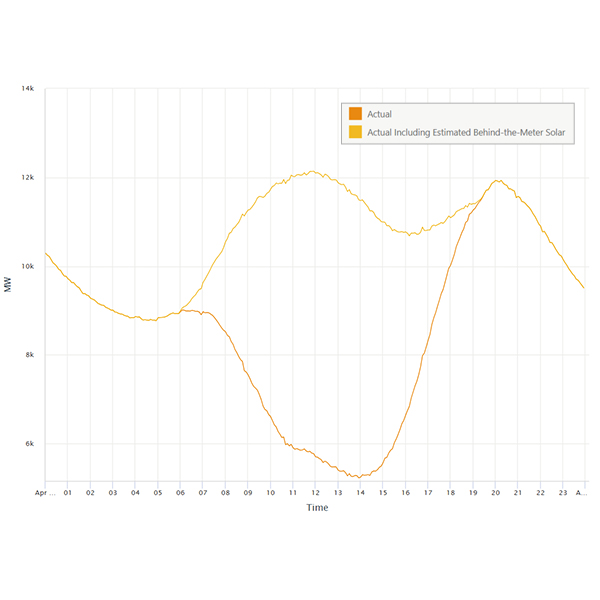ISO New England (ISO-NE)
The duck curve has landed in New England, not the sunniest of places, but it and California are by no means the only grids that will be greatly affected, says columnist Peter Kelly-Detwiler.
Government officials and industry executives discussed how to mitigate rising energy costs in New England at the NECPUC Symposium.
ISO-NE announced it is open to taking on a limited “asset condition reviewer” role, intended to help increase oversight of transmission infrastructure projects.
New research by ISO-NE indicates bifacial solar panels with tracking capabilities could reduce the cost of decarbonizing New England’s generation mix by about $3.7 billion.
Time-of-use electricity rates could save Massachusetts ratepayers with electrified heating hundreds of dollars each year per household, according to a report.
ISO-NE and NEPOOL members discussed how to address market power, tie benefits and resource qualification in a prompt capacity market during a three-day meeting.
Officials from members of the Northeast States Collaborative on Interregional Transmission expounded the group’s strategic action plan.
The NEPOOL Participants Committee voted to support an expedited filing adjusting several key dates in ISO-NE’s compliance proposal for FERC Order 2023.
FERC has accepted a compliance filing by ISO-NE and the New England transmission owners eliminating interconnection customers’ responsibility to pay for operations and maintenance costs on interconnection network upgrades.
ISO-NE experienced record-low demand on Easter Sunday because of mild temperatures and high behind-the-meter solar output, making 2025 the fourth consecutive year ISO-NE has set a low-load record.
Want more? Advanced Search
